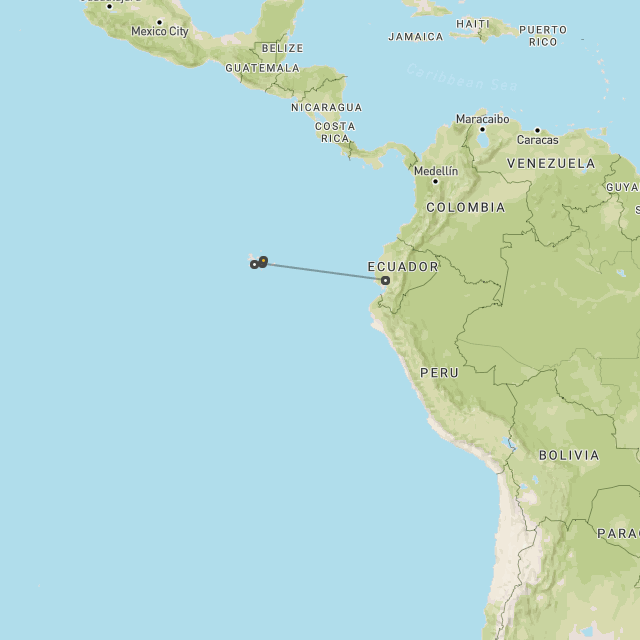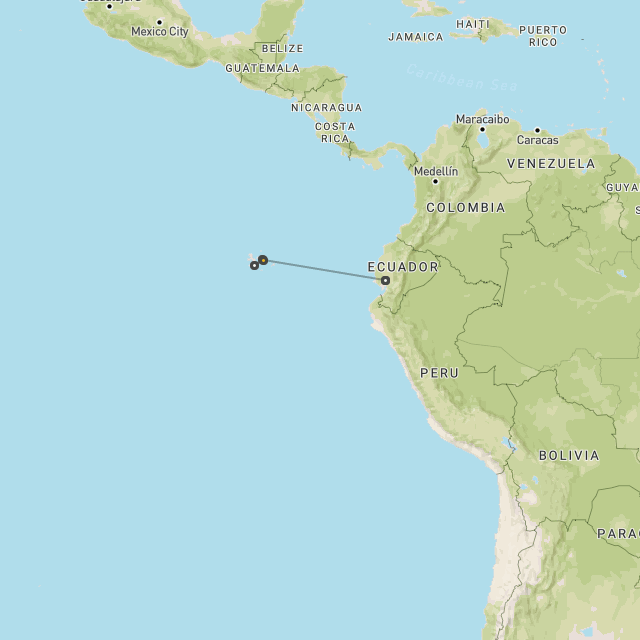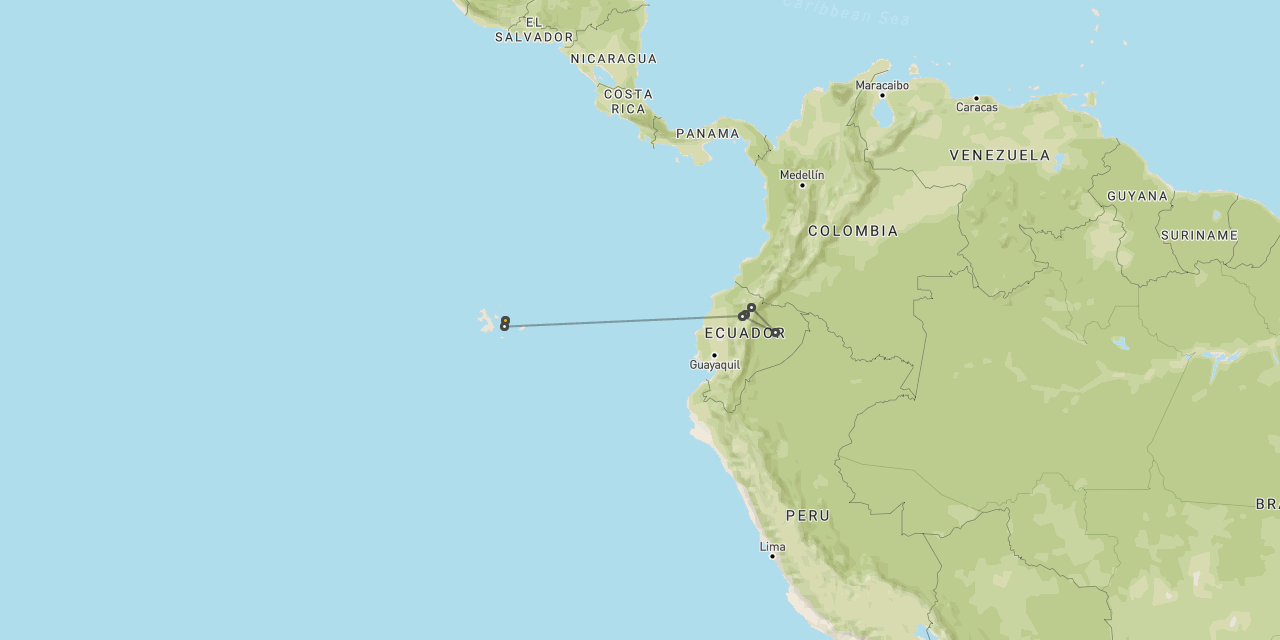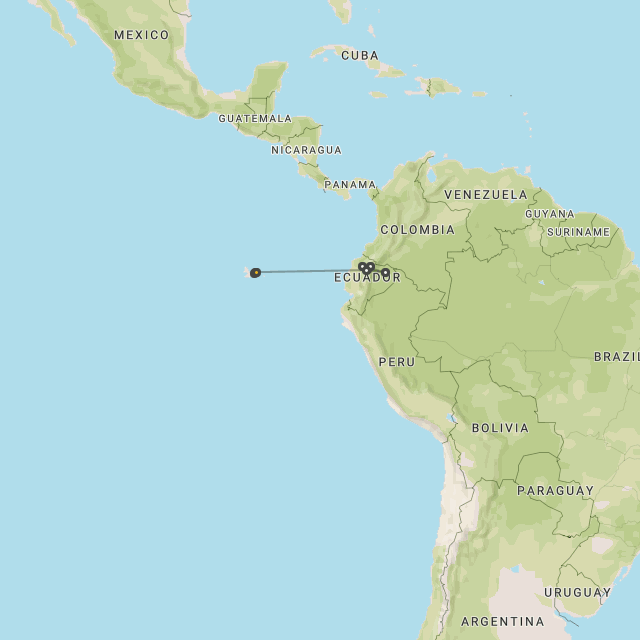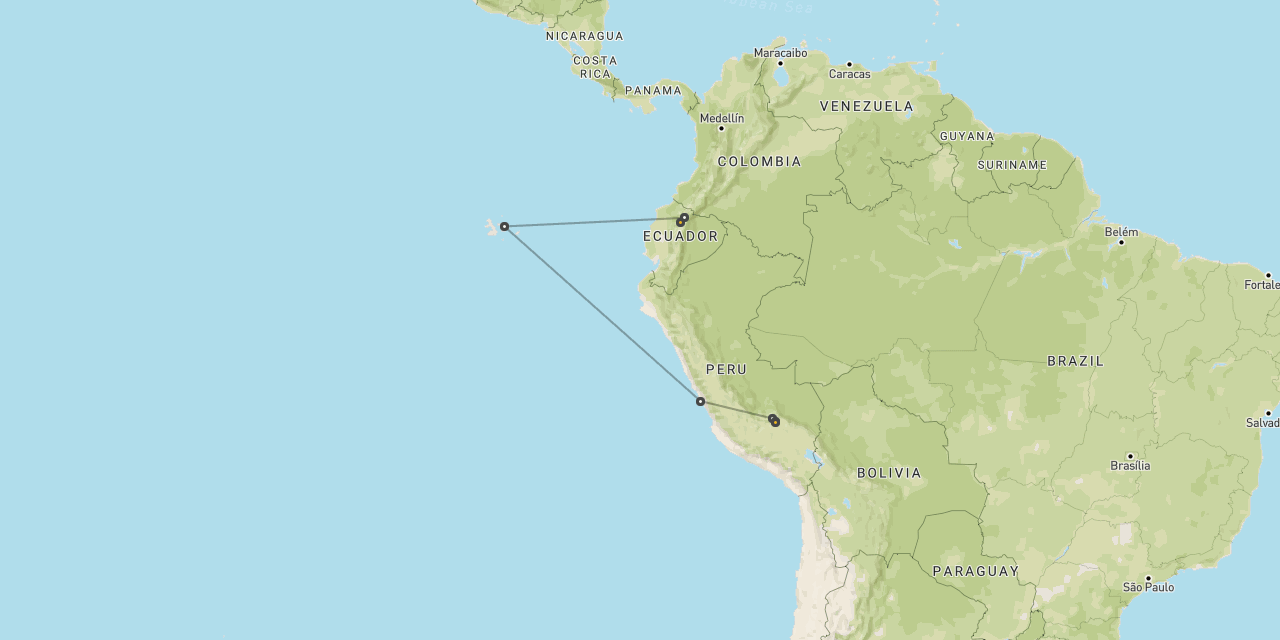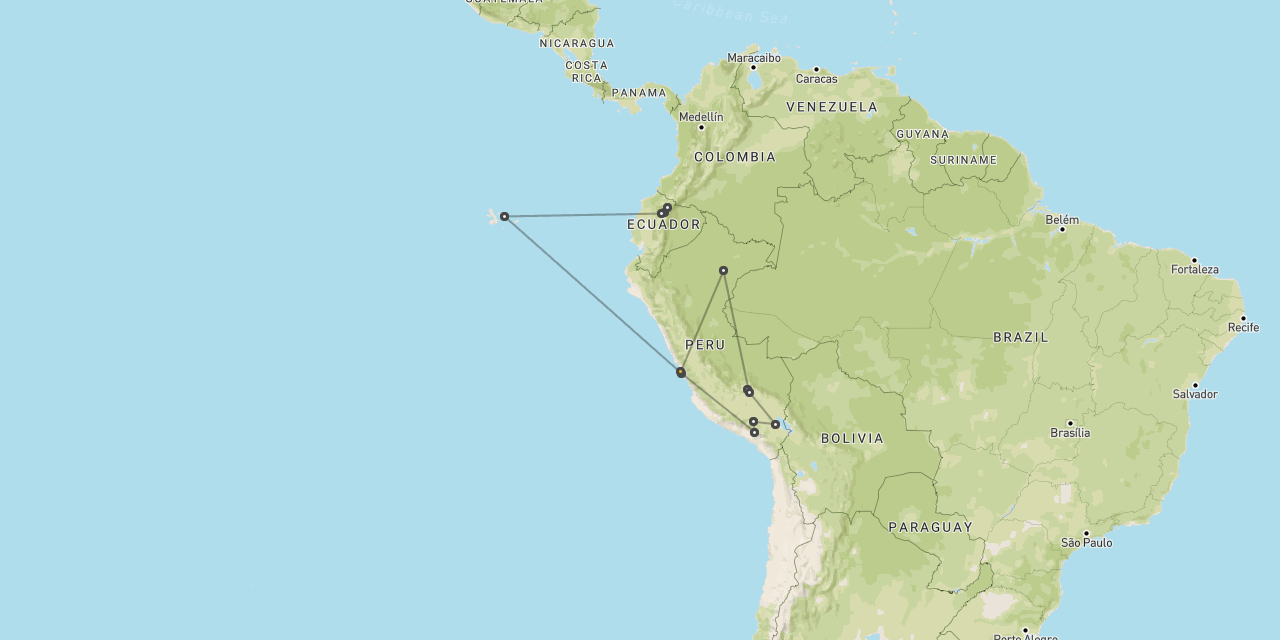
Safari to Isla Floreana
Isla Floreana
is an island with
an intriguing human history
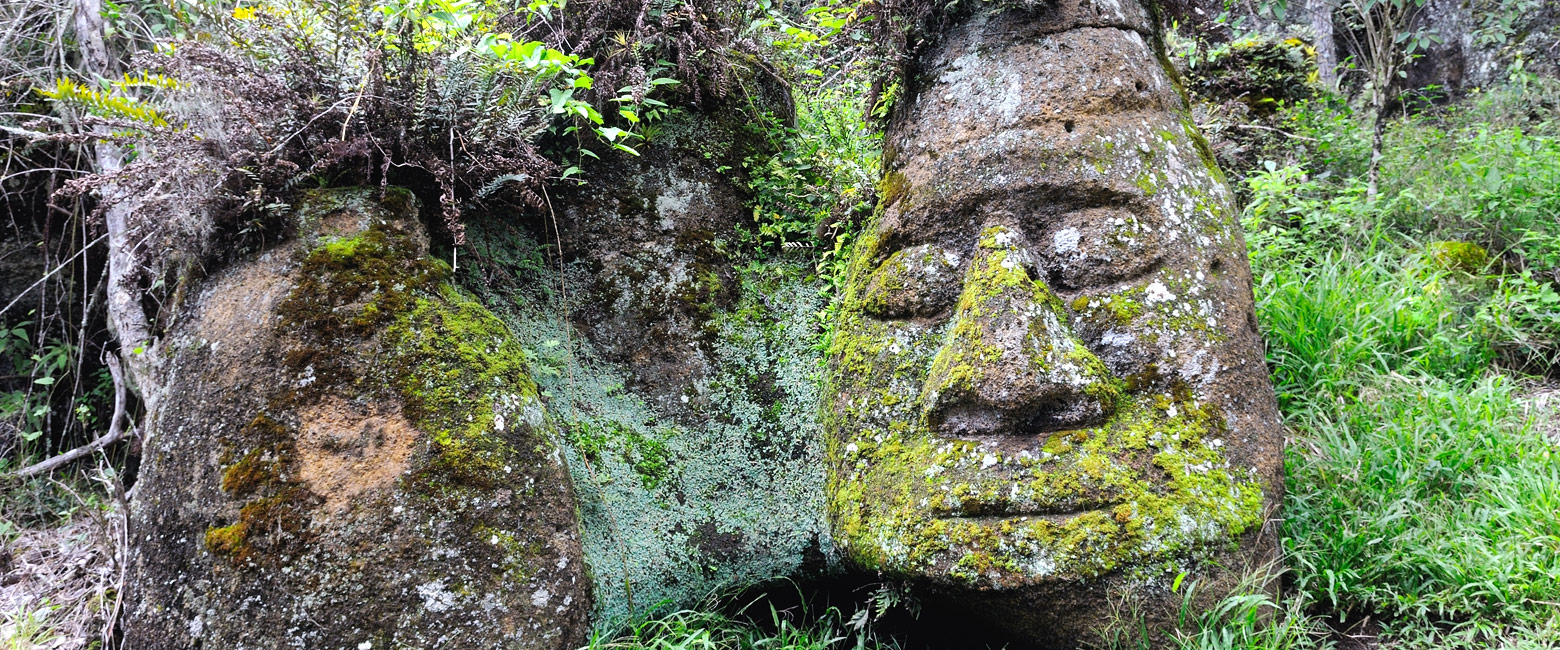
a mysterious tale of European settlement
Lying to the south of the group, Isla Floreana is perhaps the only island in Galapagos whose human story is more engaging than its wildlife.
Area : 173 sq km / 67 sq mi
Location : 90 km south of Seymour Airport
Activities : hiking, snorkelling, diving
Highlights : history, sea lions, flamingos
The island is the top of a large volcano, which summits out at 640m (2100’) above sea level. This is high enough to create both cloud cover and rainfall, meaning that the higher elevations are relatively verdant.
Island name
The island was named after Juan José Flores, the first President of Ecuador, during whose administration the government of Ecuador took possession of the archipelago. It has also been known as Isla Santa Maria (after one of the ships under the command of Christopher Columbus when he first visited the Americas, even though he never visited Galapagos) and Charles Island (after King Charles II of England).
Human history
Since the earliest days of human exploration of the area, Isla Floreana has always been a popular stop, mainly because of the presence of fresh water and edible wildlife.
During the late 1700s whalers placed a wooden barrel at Post Office Bay, where the various ships would drop and collect letters for delivery to Europe and the United States. The service is still operational, and guests are encouraged to sift through the messages and take home any that they might be able to deliver by hand.
The island was home to the very first human resident in Galapagos, a bold Irishman (some say he was a pirate) called Patrick Watkins, who lived there 1807-09.
In 1820 Thomas Chappel, a helmsman on the Nantucket whaling ship The Essex, accidentally set fire to the island, which could be seen burning throughout the day as they sailed away. The cabin boy from the ship, Thomas Nickerson, returned many years later and reported that : “Neither trees, shrubbery, nor grass have since appeared”. It’s thought that the fire contributed significantly to the extinction of many potentially endemic species.
In 1832 the island was colonised by people from Ecuador, but the small settlement did not last.
In 1835 the island was visited by Charles Darwin, on the second voyage of HMS Beagle, when it was reported that no giant tortoises were to be found.
In 1924 a group of Norweigans tried to establish a fish cannery on the island, but this venture also failed.
In 1929 two German settlers, Friedrich Ritter and Dore Strauch randomly chose to settle on Floreana, in an attempt to leave the modern world behind and establish a new utopia. In 1932 they were joined by the self-described “Baroness” von Wagner Bosquet and a number of companions.
As it turned out, the Baroness was a mean, self-obsessed woman, who very much undermined the ambitions of the young colony. After a prolonged and uncomfortable period, the Baroness and her friends mysteriously ‘disappeared’. A few months later the mummified body of one of her companions was found washed up on the shore of Island Marchena, over 200 km to the north.
Mrs Wittmer, who had also arrived in the early 1930s, went on to describe the whole affair in her wonderful and very readable book “Floreana : A Woman’s Pilgrimage to the Galapagos”, which really is essential reading. The modest hotel in the village is still run by her descendants and is perhaps worth a visit. Another book on this subject is The Galapagos Affair by John Treherne.
Today there is a modest settlement, Puerto Velazco Ibarra, on the western side of the island, from where a road leads up to an area of agriculture high up on the mountain.
Wildlife
Unfortunately the human presence on the island has been devastating to the indigenous wildlife.
The endemic Floreana giant tortoise (Chelonoidis nigra) is thought to have been locally extinct since the mid-1800s, but hybrid animals of this genus have recently been discovered on Isla Santa Cruz and efforts are presently being made to bring this sub-species back from the brink and to ‘retortoise’ the island.
The Floreana mockingbird is also locally extinct, but populations continue to inhabit the nearby rocky outcrops of Gardiner and Champion.
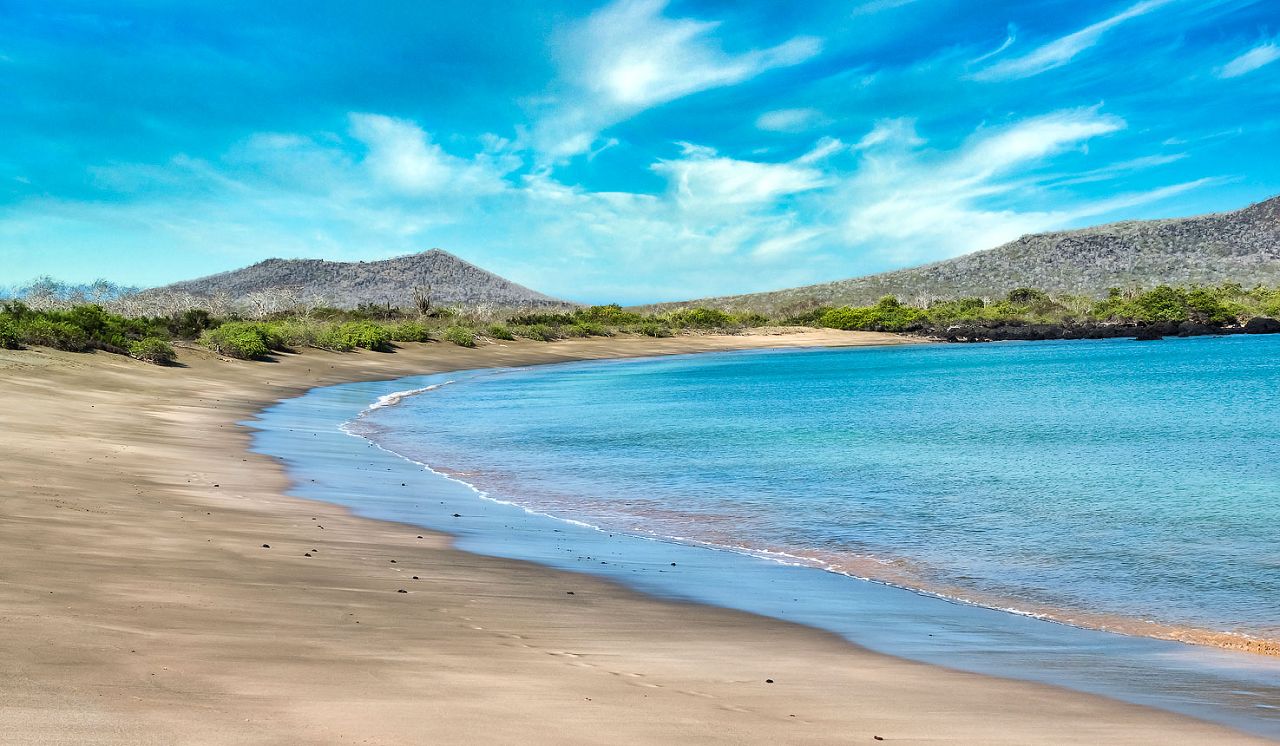
Gallery
Map
If you specifically want to include Isla Floreana in your trip, then do let us know and we will make sure that you get onto the best and most appropriate vessel.
The island is usually included in the following live-aboard cruise itineraries.
commonly included in more southerly boat itineraries
let us know your thoughts about Galapagos
and we will help you create the perfect trip
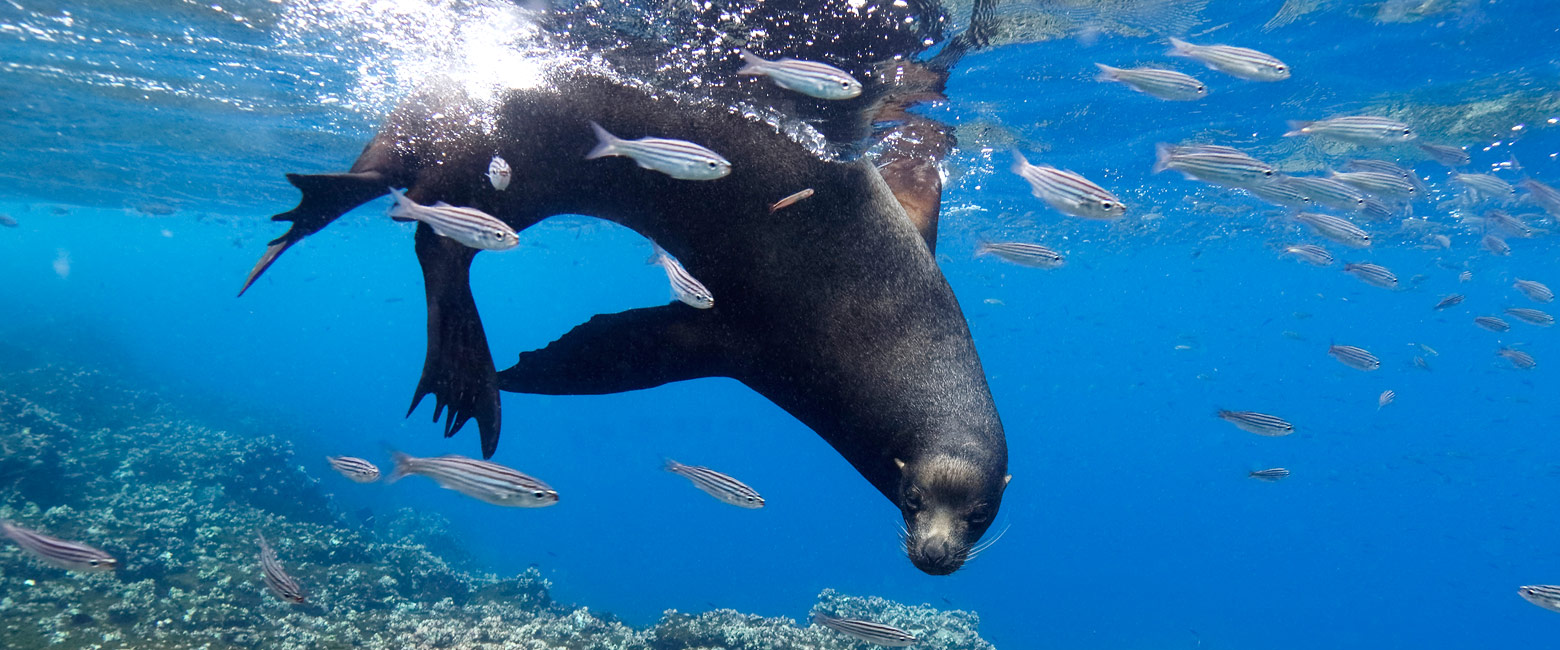
Extraordinary tailor-made adventures,
from earthy and edgy to easy and extravagant
From around USD 2500 per person, you set the ceiling
Sample Trips
Here are some of our popular trip shapes

Get started on your trip
It’s never too soon to get in touch, we are here to help with every stage of your planning.
Best Lodges
We regularly inspect and photograph all of the the best lodges, to ensure that we always recommend the most suitable options
Key Locations
Take a look around related locations. Click ‘View more’ to explore locations further afield.


















